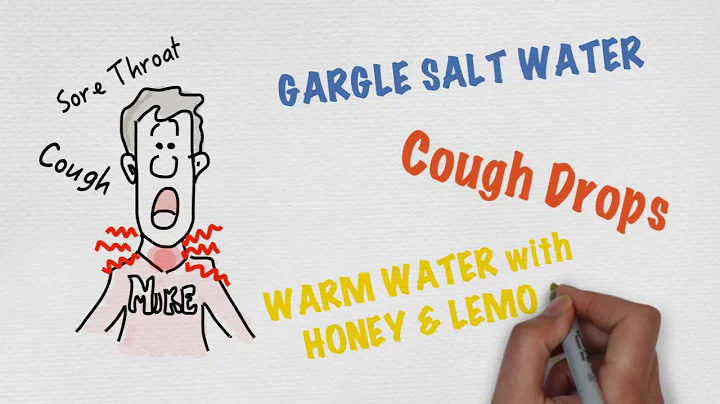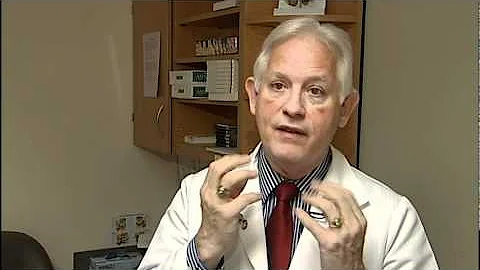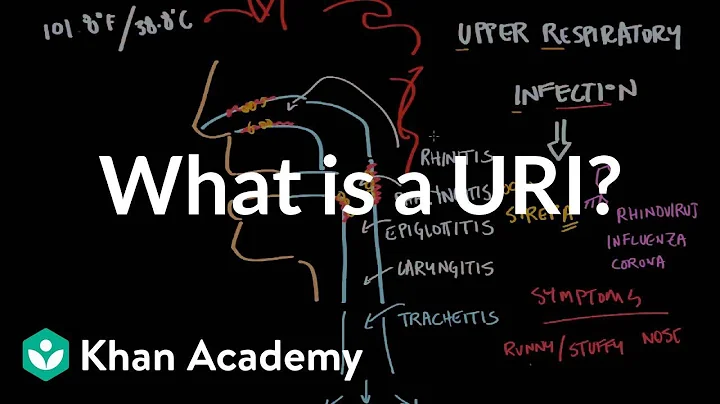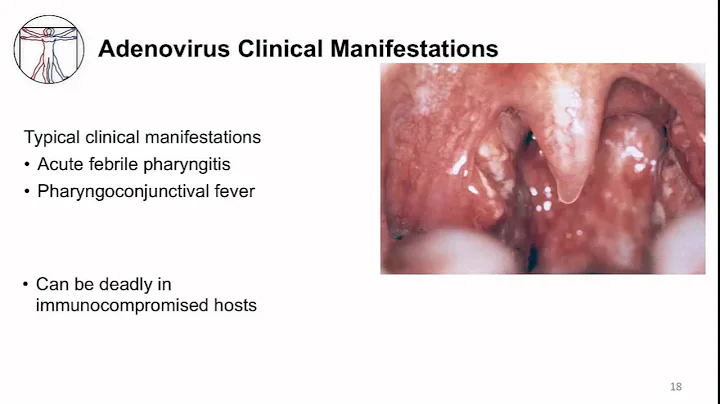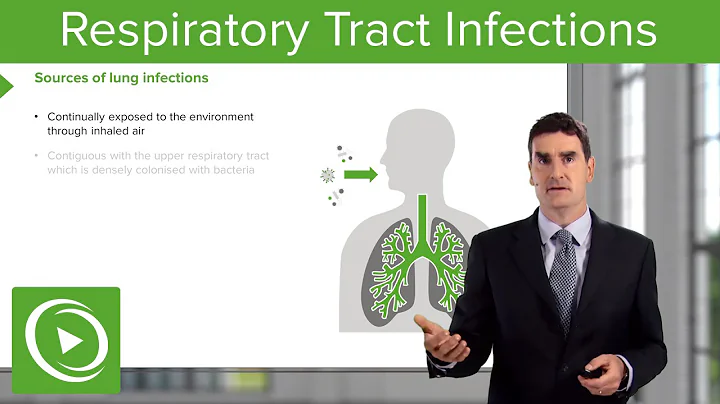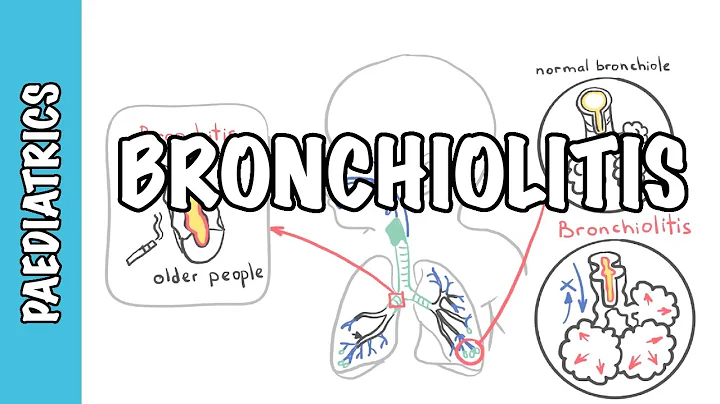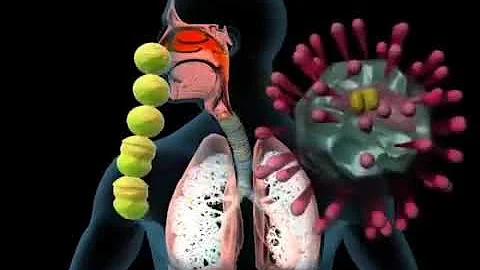acute upper respiratory tract infection referred to as upper respiratory tract infection, which is the general name for acute inflammation of the external nostril to the lower edge of cricoid cartilage including the nasal cavity, pharynx or larynx . The main pathogens are viruses, and a few are bacteria. The disease occurs regardless of age, gender, occupation and region, and people with low immune function are susceptible. Usually the disease is mild, the course is short, and the disease can heal itself. The prognosis is good.. However, due to the high incidence rate of this disease, it can not only affect work and life, but sometimes also be accompanied by serious complications, and is contagious to a certain extent, so it should be actively prevented and treated.
Acute upper respiratory tract infections are divided into four types: wind-cold, wind-heat, summer-damp, and cold due to physical deficiency..
Today we will introduce the symptoms, treatments and prescriptions of Wind-heat attacks the surface :
[Symptoms] Obvious body heat, slight wind, sweating or less sweating, sore throat, stuffy nose, sneezing, runny nose Thick nasal discharge, cough, dry mouth and thirst; red tongue, thin yellow coating, and floating pulse.
[Treatment method] relieves the surface and clears away heat.
[prescription] Yinqiao powder addition and subtraction.
1. Nepeta porridge ("Book of Elderly Care")
Effects It can induce sweating, relieve symptoms, and clear the throat.
raw materials Nepeta 6-10 grams, mint 3-6 grams, light tempeh 6-10 grams, 60 grams of japonica rice.
Preparation method First fry the first 3 medicinal herbs for 5 minutes, take the juice and remove the residue; use the japonica rice to cook the porridge. When the porridge is ready, add the medicinal juice and cook briefly.
How to take Eat while it is hot.
regulates and mainly treats colds, fever, chills, dizziness, headache, itchy and sore throat.
2. Pockmarked porridge (" Drinking and eating is about to ")
Effects It can dispel wind and heat, relieve depression and troubles, and moisturize the intestines and relieve constipation.
Ingredients: 60 grams of winter pockmarks (fried, peeled, and kernels removed), 75 grams of white corn, 230 grams of mint leaves, and 30 grams of Schizonepeta ears.
Preparation method First put mint and nepeta in a casserole, add appropriate amount of water, boil for 5 to 7 minutes, remove the medicine and leave the juice, then wash the white corn, add the winter pockmarks into the juice, and cook into porridge.
How to take Take it on an empty stomach.
treatment treats colds, sore throat, depression and upset, blood deficiency, intestinal dryness and constipation.
3. Manqingzi porridge (" New Book on Longevity and Elderly Care ")
Effects dispels wind and heat and clears away the symptoms.
raw materials 100 grams of philodendron, 250 grams of japonica rice, appropriate amount of sugar, 2000 ml of water.
Preparation method Grind the mangosteen seeds, add 2000 ml of water, stir, press and filter to extract the juice, set aside. Wash the japonica rice, put the concoction in the pot and cook the porridge. Add less condiment and water. Bring to a simmer and simmer until thickened, add sugar, mix well, stop the heat and take off the pan.
treatment cures wind-heat and cold , migraine , toothache, and pain inside the eyes.
Expert introduction

Huang Xiaoqing
Guangdong Provincial Second People's HospitalTraditional Medicine Department
Visit time: every Monday afternoon
Chief TCM Physician, Yangcheng Good Doctor, Head of the Traditional Medicine Department, Head of the Famous Traditional Chinese Medicine Inheritance Studio of Guangdong Province, Guangdong Province One of the first batch of famous traditional Chinese medicine practitioners to inherit the project, a member of the Ointment Professional Committee of the Guangdong Natural Medicine Association, and a member of the Oncology Professional Committee of the Guangdong Traditional Chinese Medicine Association. She has been engaged in clinical work in traditional Chinese medicine for 16 years. She is good at TCM constitution syndrome differentiation. She uses traditional Chinese medicine to regulate the internal organs and qi. She regulates menstruation and vaginal discharge from the perspective of "liver, kidney and spleen". She also improves endometrial receptivity through traditional therapies such as acupuncture combined with medicine. sex and improve reproductive system function. Hosted and participated in 7 scientific research projects; edited 3 monographs as chief editor and deputy editor; published more than 20 academic papers, including 22 SCI papers.
Department of Traditional Medicine, Guangdong Second People's Hospital
Medical Guidelines
Pazhou Campus: Department of Traditional Medicine, 1st Floor, Building 7, No. 466 Xingang Middle Road, Haizhu District
Seven outpatient departments: Haizhu District Xinshi No. 7 Outpatient Department, No. 183 Tou Road
Civil Aviation Campus: Clinics 212 and 213 on the second floor of Building 1, No. 2 Provincial Hospital Civil Aviation Campus, No. 290 Airport Road, Baiyun District
Civil Aviation Hospital Inpatient Department: 5th Floor, Building 7
